- Overview
- Causes, Risks & Prevention
- Signs & Symptoms
- Tests & Diagnosis
- Your Lung Cancer Care Team
- Treatment
- Living With
- Remission & Recurrence
- Support & Resources
- View Full Guide
Global Warning: 10 Ways Climate Change Increases Rates of Lung Cancer

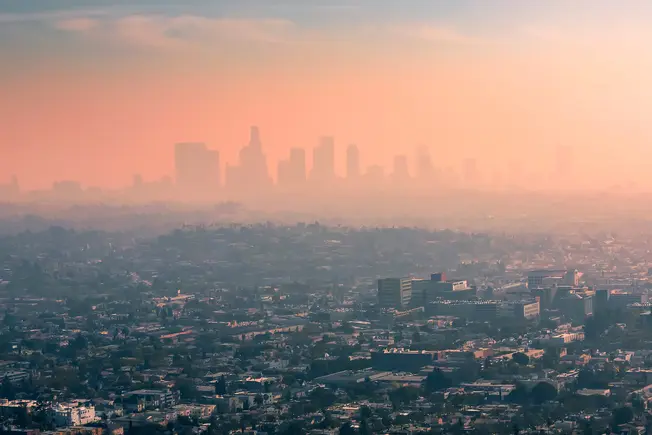
Why Is Global Warming Important?
Global warming and climate change affect not only the environment but patient health as well. There is evidence that the association between air pollution, climate change, and lung cancer is continuously growing. Climate change will cause higher cancer diagnoses due to wildfires, rising temperatures, and many other environmental aggravators.
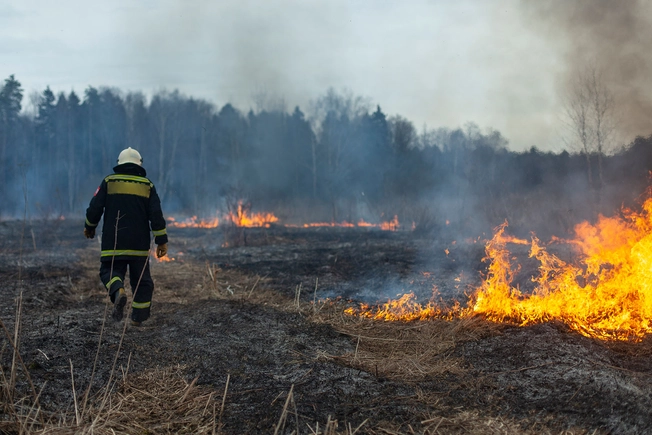
Wildfires
Wildfires are a source of pollution via the particles released during burning. It is a major contributor to lung cancer. Exposure to wildfire smoke over a week can cause damage to the lungs, heart, and blood. It can also lead to strokes. Kids exposed to wildfire smoke have a higher risk of developing asthma.
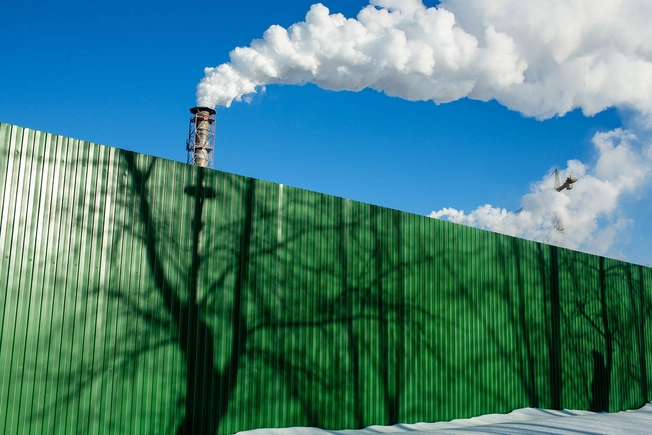
Greenhouse Gases
Greenhouse gases like carbon dioxide and methane are major contributors to climate change. These gases prevent ultraviolet light from being reflected back to outer space. It is instead reflected onto the earth causing warming. The warming affects pollutant gases, which add to the medical agitation of those with lung cancer.
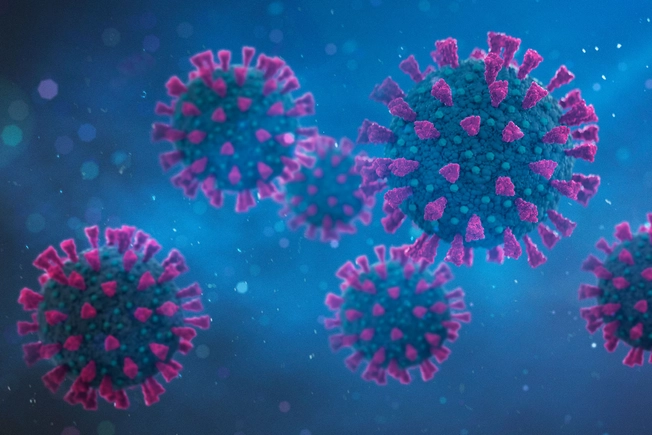
COVID-19
Environmental changes increase the risks for COVID-19 complications. A study found that a small increase in exposure to environmental respiratory pollutants led to a 15% increase in the COVID-19 death rate. People with lung cancer have an even more elevated risk of dying from COVID-19 complications. According to a New York study, 6 out of 11 patients with lung cancer died from covid-19.

Increase of Other Pandemics
With global warming, it has been predicted that the Earth will begin to see more pandemics. Vector-borne diseases and zoonoses will increase in dissemination and severity. These types of diseases are usually limited due to temperature and rainfall. Global warming and climate change provide the opportunity for more frequent exposure.
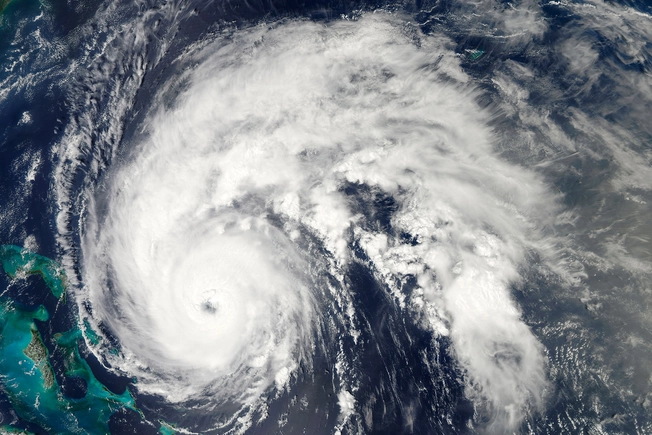
Extreme Weather
Storms and other extreme weather events can damage or even destroy the infrastructure of healthcare facilities. This reduces the availability of quality health care. Extreme weather also disrupts health care functions by altering transportation, supply chain manufacturing, and communications. Extreme weather usually causes power outages for an extended period.

Flooding
As a result of extreme weather and the global pattern of weather changes, heavy rain will increase. Unforeseen heavy rain can lead to flooding. Flooding can aid in releasing possible cancer-causing chemicals into the environment. This occurs when groundwater is contaminated and then washes over industrial sites. This also occurs following the overflow of sewage.

Increased Temperatures
Planet warming disrupts biogeochemical cycles. This can potentially expose humans to inert chemicals that are more hazardous. An example is the melting of arctic ice and the exposure to chemicals like dichlorodiphenyltrichloroethane [DDT]. As the ice melts and the oceans warm, the chemical is released into the air.

Air Pollution
Production and use of fossil fuels cause major pollution. Fine particles come from the burning of fossil fuels in power plants, factories, and gas-powered motor vehicles. Exposure can cause many respiratory and cardiovascular diseases. Global deaths from air pollution exposure increased from 3.5 million in 1990 to 4.2 million in 2015.

Ozone-3
The main distribution of ozone-3 comes from motor vehicles, wood smoke, and outdoor burning. Diesel-powered equipment is a major contributor. Pollution on a regional level depends mostly on local sources, but some types of air pollution, like ozone, can travel many miles.
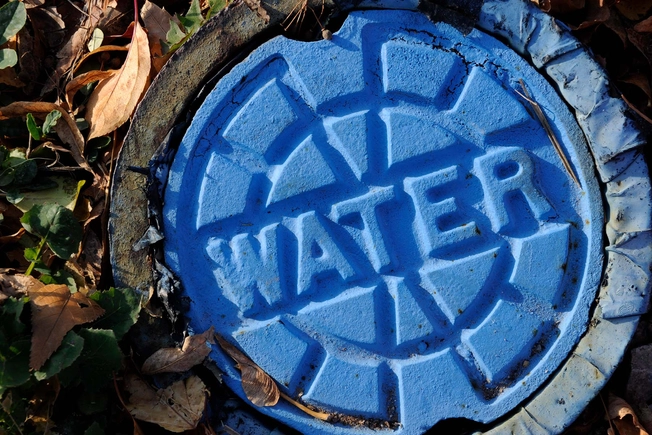
Radon
Radon is a radioactive gas that is odorless and colorless. It is formed from the decay of uranium and other radioactive elements. It is given off by soil or rock and can enter living spaces through cracks in the foundation. Small amounts can be given off by a water supply and unintentionally inhaled.